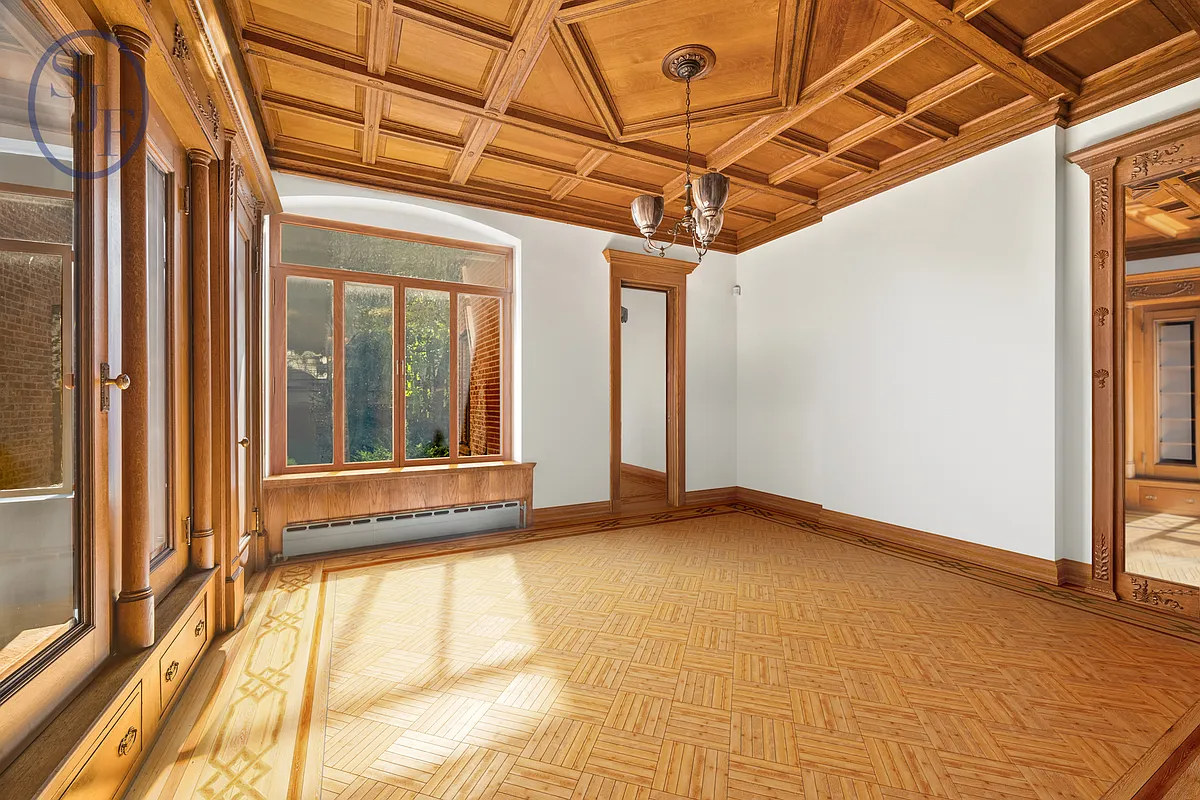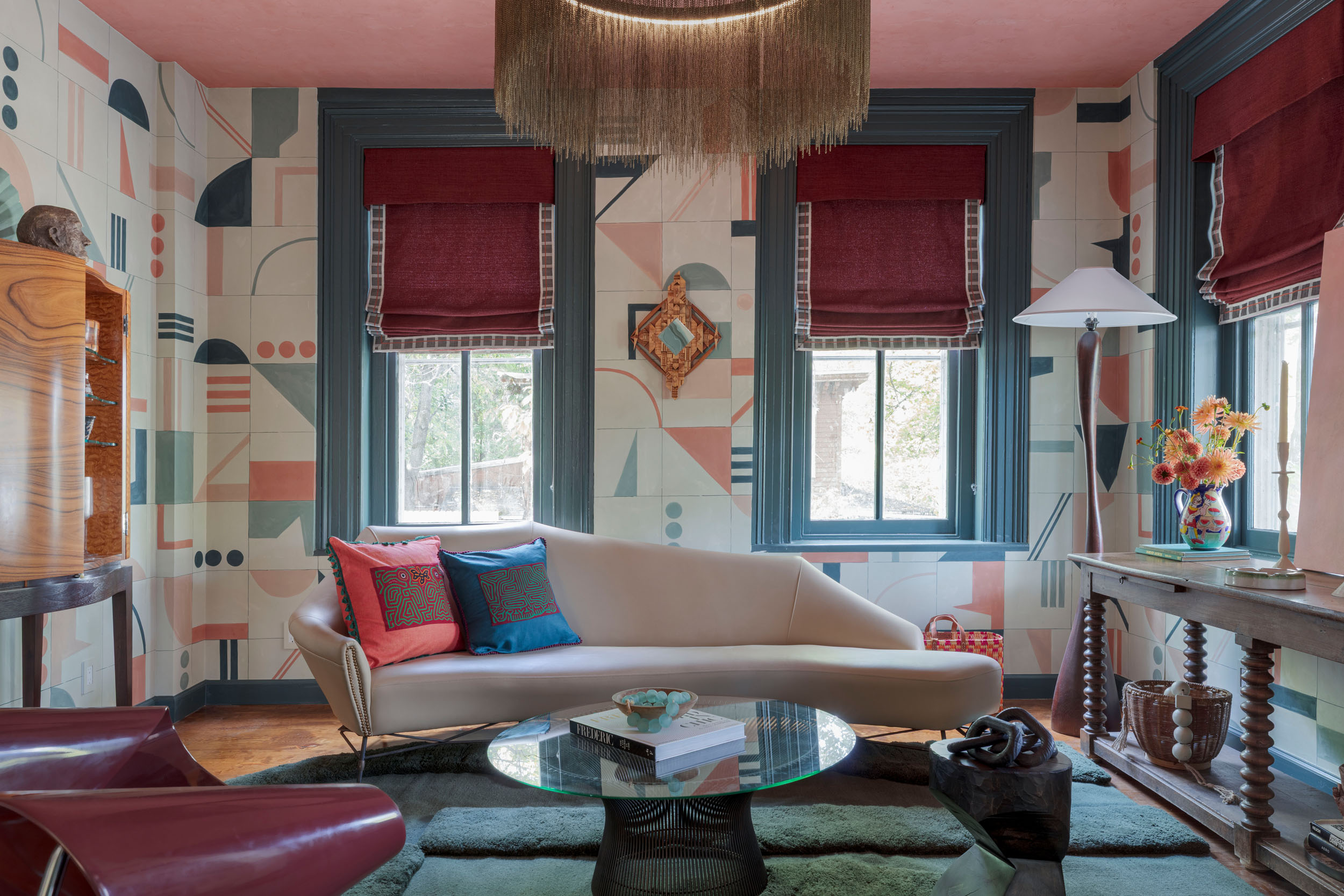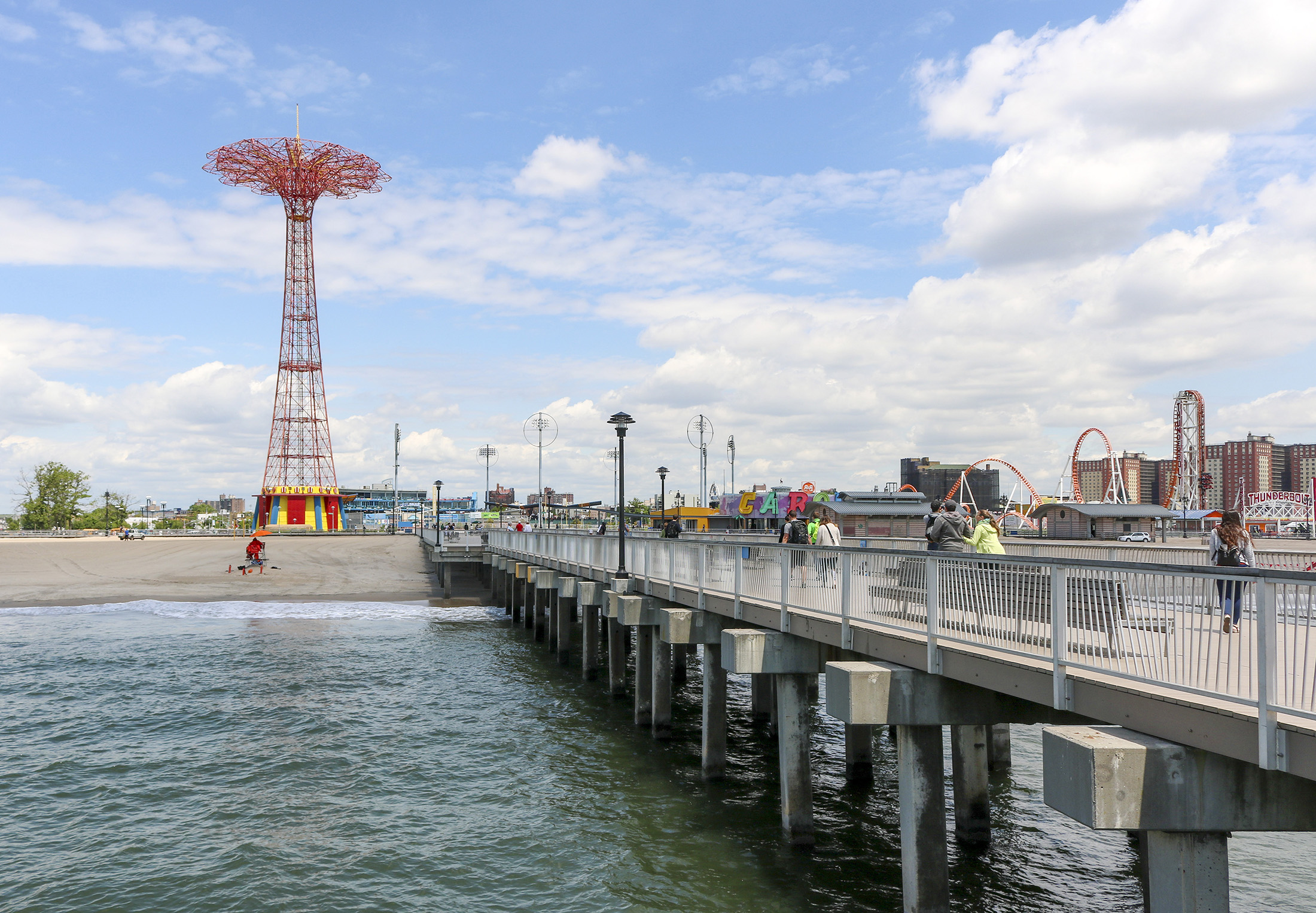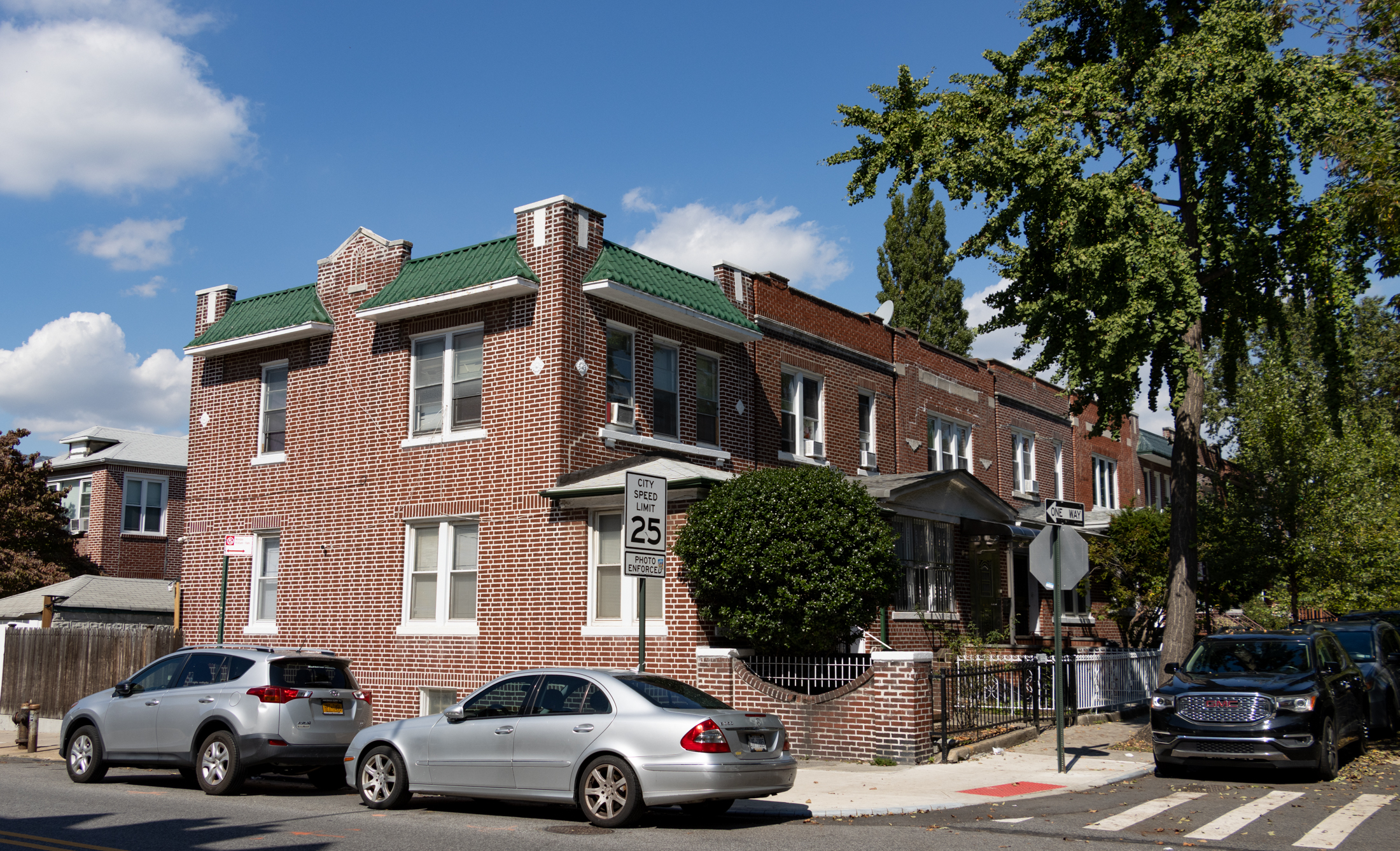Building of the Day: 425 Nostrand Avenue
Brooklyn, one building at a time. Name: “The Clinton” Apartments Address: 425 Nostrand Avenue Cross Streets: Jefferson Avenue and Hancock Street Neighborhood: Bedford Stuyvesant Year Built: Around 1892 Architectural Style: Romanesque Revival Architect: Montrose W. Morris Other works by architect: Renaissance Apartments, across the street, as well as Alhambra, Clermont, Bedfordshire, Imperial, Arlington and Roanoke Apartments,…


Brooklyn, one building at a time.
Name: “The Clinton” Apartments
Address: 425 Nostrand Avenue
Cross Streets: Jefferson Avenue and Hancock Street
Neighborhood: Bedford Stuyvesant
Year Built: Around 1892
Architectural Style: Romanesque Revival
Architect: Montrose W. Morris
Other works by architect: Renaissance Apartments, across the street, as well as Alhambra, Clermont, Bedfordshire, Imperial, Arlington and Roanoke Apartments, in Bed Stuy, Crown Heights, Clinton Hill and Brooklyn Heights, respectively. Also row houses on Hancock Street and Jefferson Avenue in Bed Stuy, Dekalb Avenue in Clinton Hill, Prospect Park West, 8th Avenue in Park Slope and St. Marks Avenue in Crown Heights.
Landmarked: No, but will be included in Bedford HD, when landmarked.
The story: Montrose W. Morris’s early career took off with his apartment house designs. He was hired by developer and builder Louis T. Seitz, who saw great talent in the brash young show-off architect who used his own home; his wedding present to his new wife, as a show house to advertise his talent. Morris was a tireless self-promoter who spent as much time hobnobbing with the rich and well-connected as he did at his drawing tables. But when he produced, he really produced.
Mr. Seitz hired Montrose Morris to design the Alhambra Apartments on Nostrand Avenue, which is within sight of this building, in 1889. The Alhambra was one of Brooklyn’s first luxury apartment buildings, with large nine room apartments that rivaled any townhouse for luxury and fine appointments. The building was a huge success, helping to dispel the notion that apartment buildings were not suitable for the well-to-do, and could only be envisioned as tenements for the poor. From that point, the duo took off to design a number of apartment buildings in Brooklyn, many of which are still standing. Their business partnership and friendship lasted until Morris’ death in 1916.
Montrose had a distinct building style, so much so, that his buildings, especially those done between 1885 and 1892 can generally be picked out of a lineup. He liked certain design elements, and he used them over and over. He never met an arch he didn’t like, and all of his apartment buildings, no matter whether in the Romanesque Revival or later Renaissance Revival styles had arches, most of time, very prominent arches. The same holds true here. He especially liked incorporating those arches, often spanning two or more stories, with his window design, with bays emerging from the arches.
The Morris-Seitz collaborations were for varying economic groups. His luxury apartment buildings; the Alhambra, the Imperial and the Renaissance, were joined by buildings designed for slightly lower price range, like the Bedfordshire and the Arlington and he also designed a few for the middle class, like this one, the Clinton. Unlike the Alhambra, the Clinton’s apartments were smaller, only five or six rooms, and the finishings, like the woodwork, tile and bathroom fixtures were of a lesser quality, although perfectly nice. But they still had amenities, like telephones, maid and laundry service, central heat and hot water.
The Clinton’s design is very similar to the design of the Bedfordshire, only blocks away on Pacific Street near Bedford Avenue, in Crown Heights North. Morris sometimes repeated his themes, and there are at least four sets of otherwise unrelated apartment buildings in his repertoire that are similar to each other. He referenced his later “Montrose,” which no longer stands on State Street, on the Alhambra, his apartment building at 315 Clinton Avenue is a larger version of his Clermont on Decatur Street, and his Renaissance on Nostrand Avenue is a smaller version of his magnificent Imperial on the corner of Bedford and Pacific.
I haven’t been able to pin down this building’s exact date, so I’m not sure which one came first, the Clinton or the Bedfordshire, which was built in 1892. Perhaps the details not resolved in one, were worked out in the other, in which case, I think this one was first. Looking at both buildings, the Bedfordshire is a more advanced form of the same design, with a three story arch with bay windows, instead of two. The apartments were also larger and better appointed.
Ads in the Brooklyn Eagle, in 1914 and 1915 advertise apartments here for $34 and $36 dollars a month, depending on whether one had a five or six room apartment. The Bedfordshire cost $50. Today, the building has twelve units, and you can be sure they are paying much more. The building deserves a look, it’s got all the usual yummy MM goodies: fine terra-cotta trim, elegant archways, a wide overhanging cornice, and his signature brickwork and the name of the building worked out in terra cotta. This building is a relatively unknown, but welcome addition to the Montrose Morris repertoire. GMAP
(Photograph:Greg Snodgrass for PropertyShark)







What's Your Take? Leave a Comment